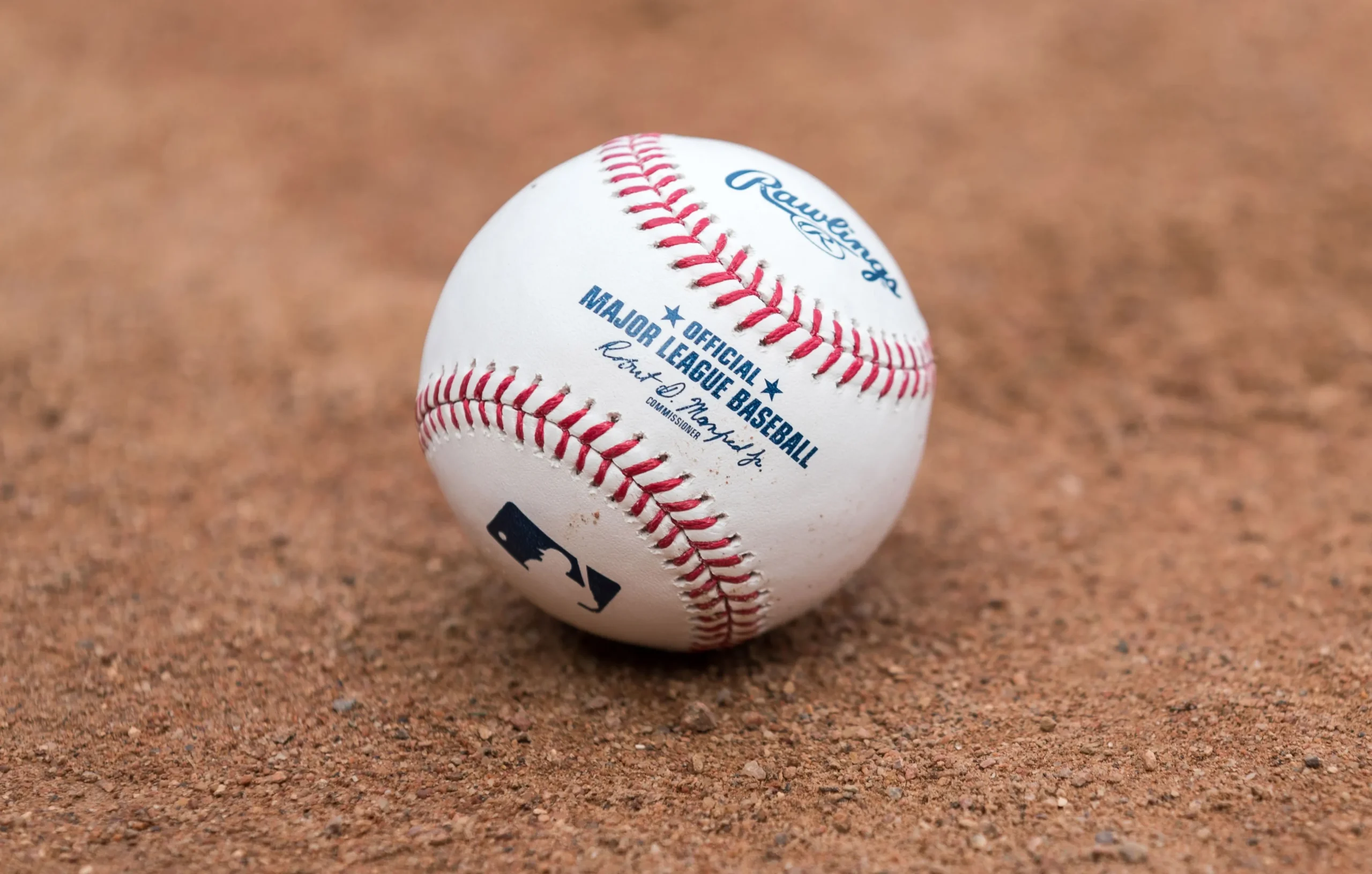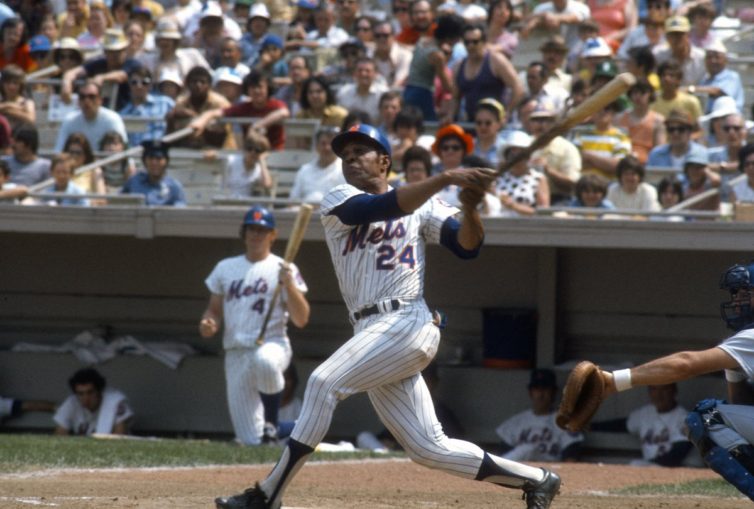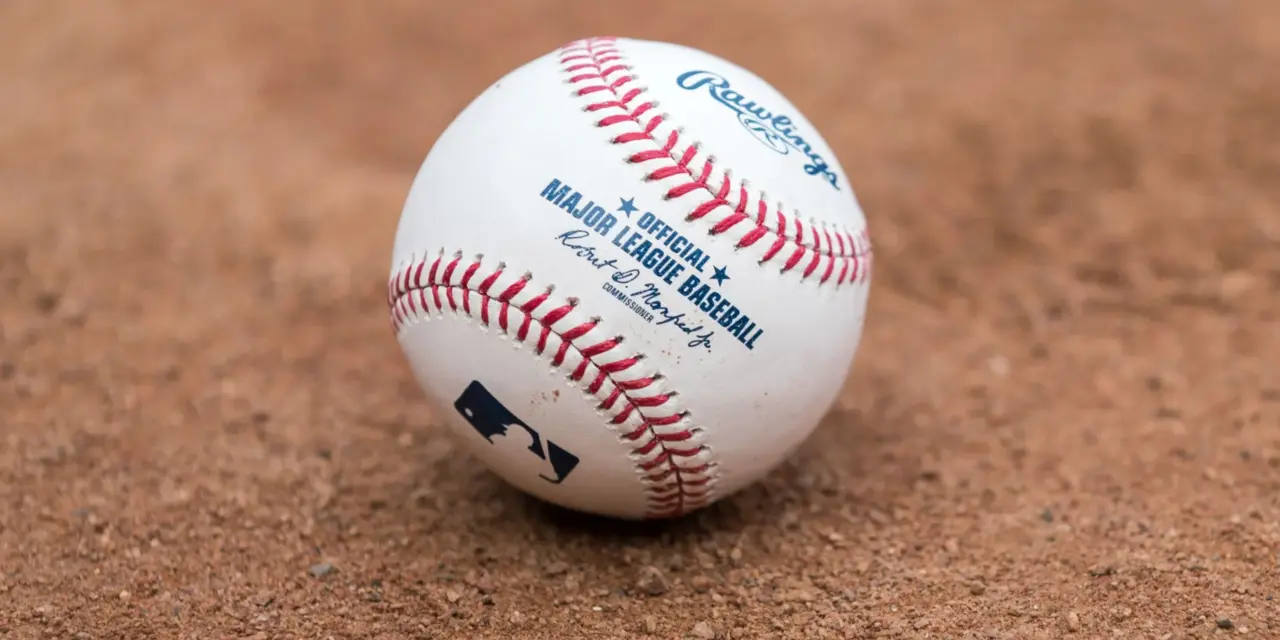
The Major League Baseball season started 31 days ago. So far, we have seen the New York Mets get off to a hot start, and post some exciting wins (including a no-hitter). One thing we have not seen is as much offense as there has been in recent years.
How much is offense down around the game in 2022? An article on ESPN.com provides context. First, batting average was only .231 in April, the lowest it has been in the month of April in baseball history. So what? Some say batting average has become an archaic statistic. Well, the offensive brownout goes much further.
Here are some numbers: OPS in April was .675, the lowest since the “pitcher’s year” of 1968. Don’t forget, pitchers no longer bat in the National League, so that should have contributed to an increase in OPS. Runs coming courtesy of the home run are also down. According the ESPN article cited above, in 2022 just 36% of runs are produced by the long ball. This compared to 43.5% in 2019 (when it seemed everyone was whacking the ball over the wall).
Teams are hitting fewer home runs in 2022. In fact, this season teams are hitting 0.91 home runs per game. This compared to 1.14 in 2021 and 1.31 in 2019. It’s clear, from statistics to the simple eye test that offense in baseball is way down this year. We commonly hear “it’s the ball, they’re messing with the ball.” Is that true? In fact, it may be.
In 2019, there was a home run hit in 6.6% of MLB at-bats, that number was 6.5% in 2021. In an effort to keep the ball in the yard a bit more, MLB did tamper with the baseballs for the 2022 season. Here’s how, from the ESPN article:
In an effort to better center the ball, tension was loosened on the first of three wool windings within the ball. Rawlings’ research ahead of the season estimated the adjustment would bring down the coefficient of restitution (a measurement of the bounciness) and also reduce the ball’s weight by 2.8 grams without changing its size.
Those changes were designed to lose one to two feet of distance on balls hit more than 375 feet.
There’s another big thing at work in this formula: all teams are using humidors this year. Statistics show that in parks that are using humidors for the first time this season (only 13 did so last year), it is taking 13.1 more at-bats to produce a home run. Players are well aware of the new deadness of the ball. From the ESPN article:
“There was one in Minnesota where I hit like 106 at 29 degrees, got caught at the track. That should be a no-doubt homer. The other one was 104 at 27, which should be a homer and got caught,” Dodgers infielder Gavin Lux said. “Talking to some guys in Atlanta where [the second] ball was hit, it’s like, boom, hot off the bat, then they get up and just kind of die in the air.”
The pattern is clear. Major League Baseball has altered the ball to tone down home runs. There will be a pitch clock, wider bases, and shift bans next season. The powers that be want to move the game back to where it was in the 1970s and 1980s. A time when there were more balls in play, more base stealing, and more of an emphasis on scoring runs in a variety of ways.

Some fans will like the changes, others will not. There’s no stopping the swing of the pendulum at this point. Baseball wants a quicker pace and more action. Some may say that this is tinkering with the inherent beauty of the game. There’s no clock, the games plays out in its own way and at its own pace. Others may say that the writing is on the wall. Baseball traditions are becoming less relevant. Action sells, regardless of how may we romanticize the ebb and flow of a baseball game.
Baseball is in a period of change off the field as well. Select games are streaming exclusively now (on soon-to-be pay services), players will be wearing advertising on their jerseys, there’s gambling at some ballparks, just to name a few. Whether these changes are good or bad for the sport won’t become apparent for a few years. Fan interest (attendance, television ratings, etc.) will be the ultimate barometer.
It will be fascinating to see where baseball is, and what it needs to do, in the next Collective Bargaining Agreement. What will baseball in the year 2027 look like?
















